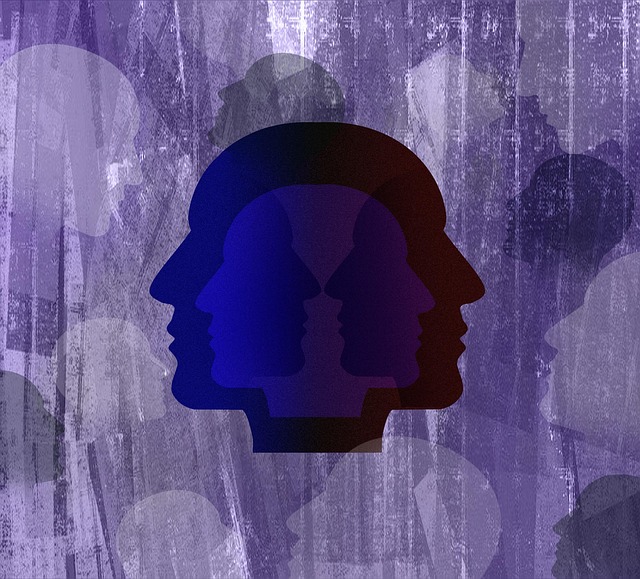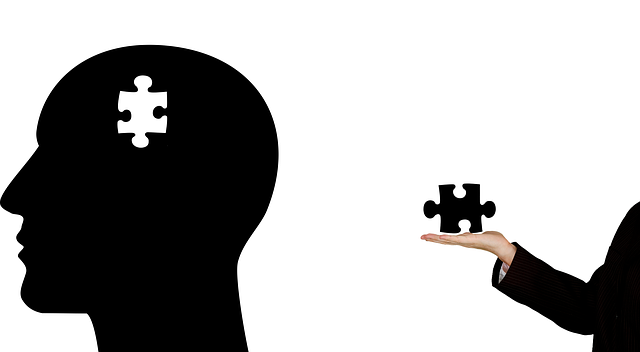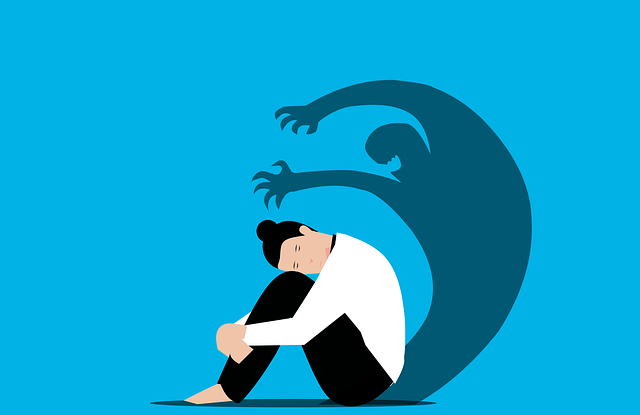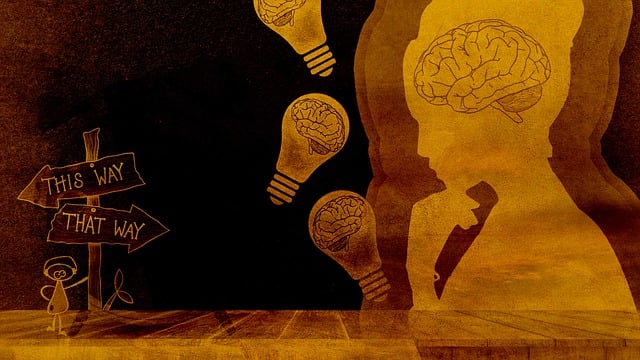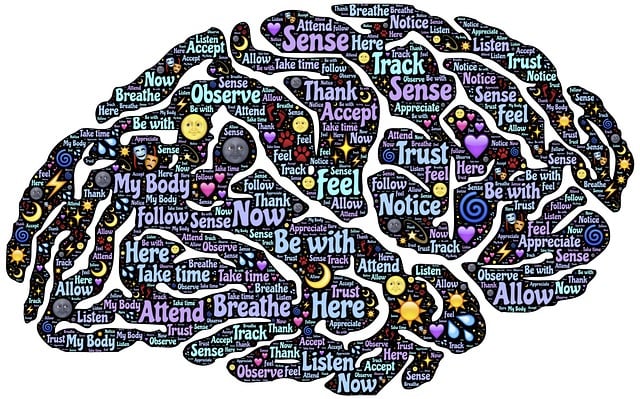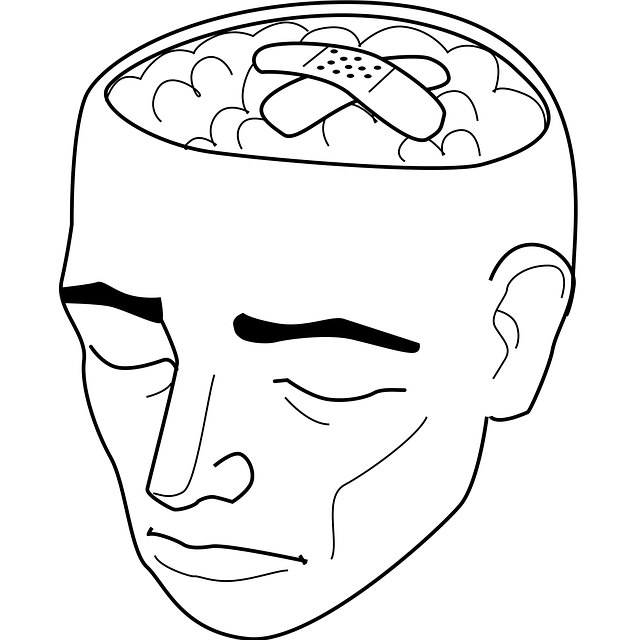Mental wellness programs designed for young children with phobias utilize therapeutic approaches like CBT, play therapy, and exposure therapy, fostering emotional intelligence and positive thinking. These programs, backed by evaluation methods using standardized assessments and qualitative feedback, aim to reduce stigma and equip kids with coping strategies. Parental involvement is crucial for risk management and strengthening the therapeutic bond. Case studies highlight successful interventions, emphasizing tailored techniques for managing phobias and enhancing social skills, ultimately improving mental wellness outcomes for young individuals.
Mental wellness programs for young children have gained significant attention, especially with the rising prevalence of anxiety and phobias in kids. This article delves into the evaluation methods that ensure these programs’ effectiveness, focusing on therapy approaches tailored to address specific childhood phobias. We explore a range of tools and techniques, highlight the crucial role of parent/guardian involvement, and present real-world case studies demonstrating successful mental wellness program evaluations, with a particular emphasis on therapy for young children and their phobias.
- Understanding Mental Wellness Programs for Young Children
- Identifying Effective Therapy Approaches for Phobias in Kids
- Evaluation Methods: Tools and Techniques for Measuring Success
- Incorporating Parent/Guardian Involvement in Program Assessment
- Case Studies: Real-World Examples of Successful Mental Wellness Program Evaluations
Understanding Mental Wellness Programs for Young Children

Mental wellness programs designed for young children are crucial in fostering healthy development and early intervention. These programs often include a range of therapeutic approaches tailored to address various needs, such as cognitive-behavioral therapy (CBT) for managing anxiety and phobias, which is particularly effective for this age group. The goal is to nurture emotional intelligence and positive thinking by helping children understand and regulate their emotions, thus laying a strong foundation for their mental health in adulthood.
By implementing these initiatives, mental illness stigma reduction efforts can also be incorporated into the curriculum. Through interactive activities and supportive environments, young learners can develop empathy and break down stereotypes associated with mental health struggles. This not only encourages open conversations but also equips children with coping strategies to support themselves and their peers, fostering a culture of resilience and mental wellness.
Identifying Effective Therapy Approaches for Phobias in Kids

Identifying effective therapy approaches for phobias in young children is a nuanced task that requires a deep understanding of their developing minds. Cognitive-behavioral therapy (CBT) has emerged as a highly promising method, focusing on challenging and modifying negative thought patterns and behaviors associated with fear and anxiety. This approach, tailored to the unique needs of kids, involves collaborative goal setting, gradual exposure to feared stimuli, and empowering them with coping strategies. CBT not only targets the specific phobia but also fosters self-esteem improvement by teaching children to manage their emotions effectively.
In addition to CBT, other therapeutic interventions like play therapy and exposure therapy have shown success in treating phobias in young individuals. Incorporating these methods within a comprehensive mental health policy analysis and advocacy framework ensures that trauma support services are accessible and tailored to meet the specific needs of children with phobias. This holistic approach considers cultural sensitivities, family dynamics, and community resources, ultimately enhancing the effectiveness of therapy for young children struggling with phobias.
Evaluation Methods: Tools and Techniques for Measuring Success

Evaluation methods play a pivotal role in understanding the effectiveness of mental wellness programs, especially when tailored for young children. One powerful tool is the use of standardized assessments designed to measure specific aspects of psychological well-being and symptoms of common childhood disorders. These tools provide quantifiable data on areas such as anxiety, depression, and social skills, allowing practitioners to track progress over time. For instance, assessment scales like the Children’s Depression Inventory (CDI) or the Fear Survey Schedule for Young Children (FSS-YC) can offer valuable insights into a child’s emotional state and fears, guiding therapy for young children with phobias.
Additionally, qualitative methods enrich the evaluation process by capturing participants’ subjective experiences and perceptions. Interviews, focus groups, and surveys that gather firsthand accounts from both children and their caregivers provide deeper understanding of program impact. These approaches are particularly useful when assessing complex topics like resilience, coping mechanisms, and overall satisfaction with therapy. Integrating quantitative and qualitative data through a comprehensive evaluation framework enables mental health professionals to tailor interventions, such as implementing community outreach programs or crisis intervention guidance, that foster inner strength development in young individuals.
Incorporating Parent/Guardian Involvement in Program Assessment

Incorporating parent or guardian involvement is a powerful strategy in evaluating mental wellness programs, especially when tailored for young children facing phobias. Parents and guardians serve as the primary caregivers and play a pivotal role in their child’s emotional development and well-being. By engaging them in program assessment, therapists and mental health professionals can gain valuable insights into the child’s progress and challenges outside of therapy sessions. This collaborative approach not only strengthens the therapeutic alliance but also ensures that the program aligns with the family’s values and concerns.
When implementing therapy for young children with phobias, risk management planning for mental health professionals becomes essential. Crisis intervention guidance and emotional regulation techniques are critical components to consider. By involving parents in this process, therapists can develop comprehensive strategies that extend beyond the therapy room. This collaboration fosters a supportive environment where children feel empowered to manage their emotions and gradually confront their fears, ultimately leading to more effective crisis prevention and improved mental wellness outcomes.
Case Studies: Real-World Examples of Successful Mental Wellness Program Evaluations

Case studies offer invaluable insights into the practical application of mental wellness program evaluations, showcasing real-world successes and lessons learned. By examining these examples, researchers and practitioners can gain a deeper understanding of effective strategies for assessing and enhancing various aspects of mental health. For instance, a case study might highlight a successful therapy program for young children suffering from specific phobias, detailing the therapeutic techniques employed and their positive impact on the youth’s well-being. This real-life scenario not only underscores the importance of tailored interventions but also demonstrates how Stress Reduction Methods can be integrated into such programs to enhance Anxiety Relief.
Moreover, case studies often include examples of Social Skills Training, a critical component in many mental wellness initiatives. By observing these programs in action, professionals can learn about creative approaches that foster social interaction and emotional intelligence among participants. These tangible examples serve as living proof of the power of thorough evaluation methods, enabling better-informed decisions for implementing and improving mental wellness programs across diverse populations.
Evaluating mental wellness programs for young children, particularly those addressing specific phobias, requires a multifaceted approach. By combining robust tools and techniques, such as standardized assessments and parent/guardian feedback, with real-world case studies, we can ensure the success and effectiveness of therapy for young children with phobias. Incorporating these evaluation methods allows us to not only measure progress but also adapt programs to better meet individual needs, ultimately fostering healthier, happier kids.

